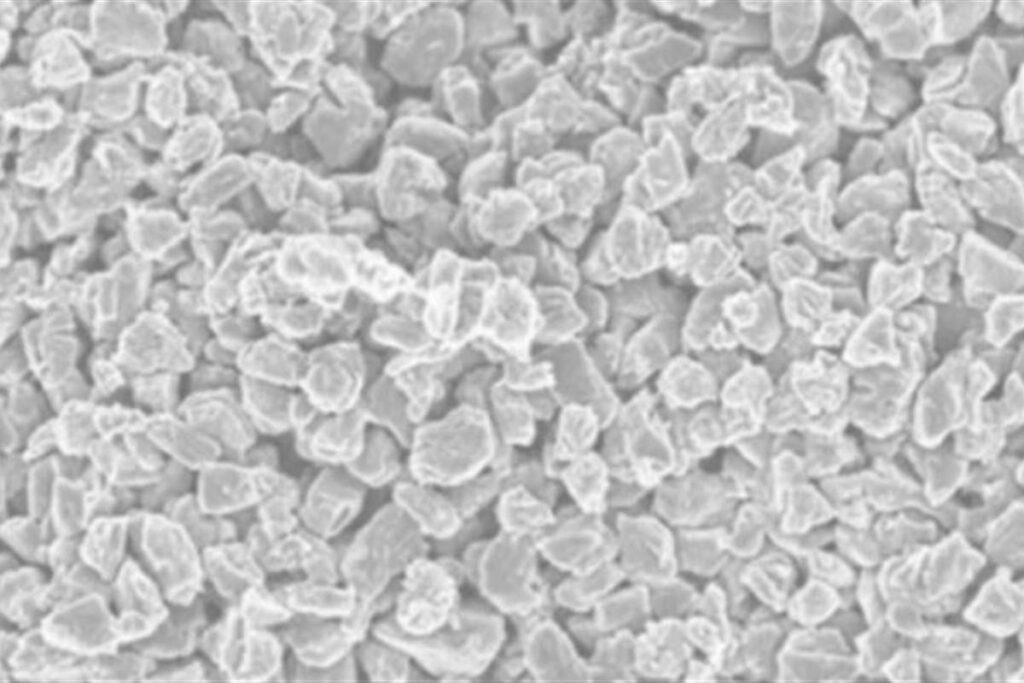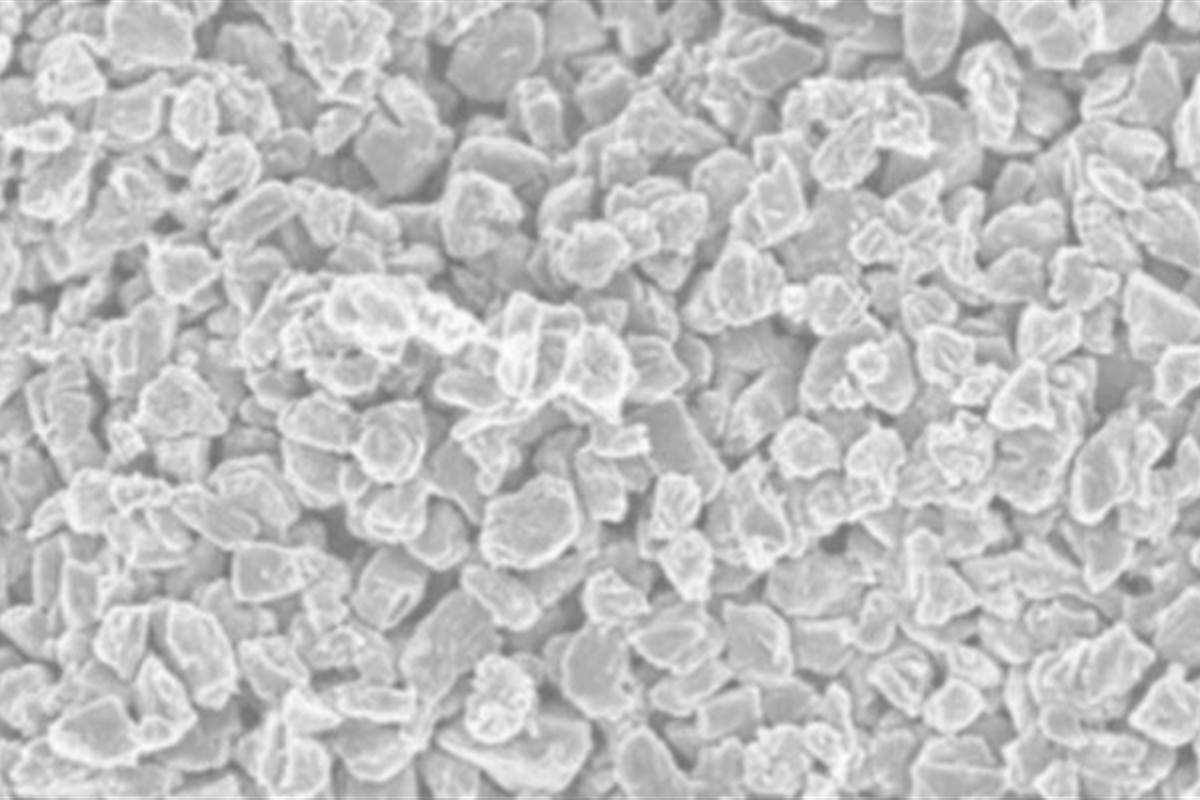
Researchers from North Carolina State University have discovered a new phase of solid carbon, called Q-carbon, which is distinct from the known phases of graphite and diamond. They have also developed a technique for using Q-carbon to make diamond-related structures at room temperature and at ambient atmospheric pressure in air.
Phases are distinct forms of the same material. Graphite is one of the solid phases of carbon; diamond is another.
“We’ve now created a third solid phase of carbon,” says Jay Narayan, the John C. Fan Distinguished Chair Professor of Materials Science and Engineering at NC State and lead author of three papers describing the work. “The only place it may be found in the natural world would be possibly in the core of some planets.”
Q-carbon has some unusual characteristics. For one thing, it is ferromagnetic — which other solid forms of carbon are not.
“We didn’t even think that was possible,” Narayan says.
In addition, Q-carbon is harder than diamond, and glows when exposed to even low levels of energy.
“Q-carbon’s strength and low work-function — its willingness to release electrons — make it very promising for developing new electronic display technologies,” Narayan says.
But Q-carbon can also be used to create a variety of single-crystal diamond objects. To understand that, you have to understand the process for creating Q-carbon.
Researchers start with a substrate, such as such as sapphire, glass or a plastic polymer. The substrate is then coated with amorphous carbon — elemental carbon that, unlike graphite or diamond, does not have a regular, well-defined crystalline structure. The carbon is then hit with a single laser pulse lasting approximately 200 nanoseconds. During this pulse, the temperature of the carbon is raised to 4,000 Kelvin (or around 3,727 degrees Celsius) and then rapidly cooled. This operation takes place at one atmosphere — the same pressure as the surrounding air.
The end result is a film of Q-carbon, and researchers can control the process to make films between 20 nanometers and 500 nanometers thick.
By using different substrates and changing the duration of the laser pulse, the researchers can also control how quickly the carbon cools. By changing the rate of cooling, they are able to create diamond structures within the Q-carbon.
“We can create diamond nanoneedles or microneedles, nanodots, or large-area diamond films, with applications for drug delivery, industrial processes and for creating high-temperature switches and power electronics,” Narayan says. “These diamond objects have a single-crystalline structure, making them stronger than polycrystalline materials. And it is all done at room temperature and at ambient atmosphere – we’re basically using a laser like the ones used for laser eye surgery. So, not only does this allow us to develop new applications, but the process itself is relatively inexpensive.”
And, if researchers want to convert more of the Q-carbon to diamond, they can simply repeat the laser-pulse/cooling process.
Read more: Researchers find new phase of carbon, make diamond at room temperature
The Latest on: Q-carbon
[google_news title=”” keyword=”Q-carbon” num_posts=”10″ blurb_length=”0″ show_thumb=”left”]
via Google News
The Latest on: Q-carbon
- Decoding Duke Energy Corp (DUK): A Strategic SWOT Insighton May 7, 2024 at 6:03 pm
Continued focus on energy transition strategy to achieve carbon reduction goals. Warning! GuruFocus has detected 9 Warning Signs with DUK. On May 7, 2024, Duke Energy Corp (NYSE:DUK), one of the ...
- Q&A: Economist says EVs can help drive US to carbon-neutral power gridon May 7, 2024 at 11:18 am
And will deploying vast fleets of EVs to replace traditional vehicles help prevent climate change if they're charging up with fossil fuel-generated electricity? To get some answers, we sat down with ...
- Moldex3D moves beyond molding simulationon May 7, 2024 at 9:53 am
CoreTech System Co. Ltd. (S15019) has expanded its capabilities to encompass the entire product development lifecycle from prototyping and tooling to processing.
- Here's what to expect from SGL Carbon SE's earnings reporton May 7, 2024 at 2:01 am
SGL Carbon SE reveals figures for Q1 on May 8. Wall Street analysts expect SGL Carbon SE will release earnings per share of €0.100. Track SGL Carbon SE stock price in real-time on Markets Insider here ...
- Vow ASA: Invitation to Vow ASA first quarter 2024 presentation and Q&Aon May 6, 2024 at 4:45 am
Vow ASA (OSE: VOW) is pleased to invite shareholders, investors, analysts, and other interested parties to a presentation of the results for the first quarter of 2024 at 09:00 CET on Tuesday May 14, ...
- Q&A: What’s the Deal with Bill Gates’s Wyoming Nuclear Plant?on May 4, 2024 at 2:00 am
The nice thing about nuclear is that it’s a fairly versatile energy source. It can give you heat if you want heat. It can give you electricity if you want electricity. It can give you hydrogen if you ...
- Gränges increases sales volume, lowers carbon emissions intensity in Q1on April 29, 2024 at 11:23 am
Gränges says its total carbon emissions intensity for the quarter (Scopes 1, 2 and 3) decreased to 7.4 metric tons CO2e per metric ton from 8.9 metric tons year over year.
- Record Revenue & Beyond: Join Fireside with CEO of Carbon Revolution May 1 at 4PM ETon April 26, 2024 at 2:08 pm
IPO Edge and the Palm Beach Hedge Fund Association will host a fireside chat with Carbon Revolution(Nasdaq: CREV) on May 1 at 4 PM ET to discuss the company’s record revenue results, the ...
- Q&A: To protect human health, we must protect the Earth's healthon April 25, 2024 at 10:34 am
Human activities have transformed and degraded Earth's natural systems. But it's not just the planet that endures the harms of things like pollution and climate change. Changes like rising ocean ...
- Shake Shack Expands Partnership on Carbon Neutral Whole Milkon April 24, 2024 at 6:35 am
Neutral Foods, the first certified carbon neutral food company in the U.S, announced the expansion of its partnership with Shake Shack to supply its certified Carbon Neutral Whole Milk to over 90 ...
via Bing News










